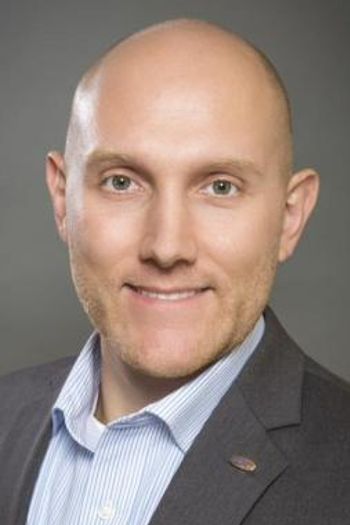
Primary care physicians double down on vaccine rates
They’re miracles of modern medicine-vaccines that have seen the virtual eradication of diseases like polio, diphtheria and measles in the United States, and complete eradication of small pox around the world.
Editor's Note:
Dr. StreamThey’re miracles of modern medicine-vaccines that have seen the virtual eradication of diseases like polio, diphtheria and measles in the United States, and complete eradication of small pox around the world.
Related:
Federal health experts say they are "among the most cost-effective clinical preventive services” and that the investment in childhood immunization programs that protect against a host of dangerous and potentially deadly diseases yields “a very high return.”
Healthy People 2020, a federal government initiative to improve the health of all Americans, found that each birth cohort vaccinated with the routine immunization schedule saves 33,000 lives, prevents 14 million cases of disease and reduces direct healthcare costs by nearly $10 billion and indirect costs by another $33.4 billion.
That’s the good news.
Blog:
The bad news is that about 42,000 adults and 300 children in the United States die each year from vaccine-preventable diseases.
In its latest report, Healthy People 2020 notes that despite the increase in life expectancy during the 20th century-largely the result of immunizations that reduced infectious disease mortality-infectious diseases remain a major cause of illness, disability, and death.
”People in the United States continue to get diseases that are vaccine preventable,” Healthy People 2020 found. Viral hepatitis and influenza “remain among the leading causes of illness and death in the United States and account for substantial spending on the related consequences of infection.” Vaccines not only prevent often severe, sometimes life-ending acute infections but can stop ward off disabling disease sequelae like deafness, paralysis or limb loss, and prevent cancer of the liver, cervix and other organs.
Blog:
While immunization represents one of the greatest public health triumphs in history, immunization rates for teens and adults have not increased for many years and not close to optimal rates.
For example, only 31% of Americans between the ages of 18 and 64 who are at increased risk have been vaccinated against the pneumococcal infection that causes pneumonia, meningitis and bloodstream infections that kill thousands each year. That’s only about half the 60% target for pneumococcal immunization Healthy People has set for 2020.
The picture is somewhat better for people 65 and older, all of whom should get vaccinated: 69.3% against a Healthy People 2020 target of 90%.
Blog:
As the first line of defense against disease, primary care physicians play a crucial role in helping their patients live longer and healthier lives.
A 2008 survey by the American Academy of Family Physicians found that a high proportion of family doctors-80% or more-reported providing routinely recommended child, adolescent, and adult vaccines.
Family physicians are continually looking for ways to improve the immunization picture. A three-year
Blog:
The final phase of the program, which ended in 2015, recorded increases in immunization rates that ranged from 11% for annual influenza to 74% for the full HPV series for female patients and a stunning 429 percent for males.
Because we’re connected to our patients-young, old and in-between-from cradle to grave, family physicians are in an ideal position to improve immunization rates. That continuity of care results in better preventive care and helps ensure that patients with a medical home get the immunizations they need when they need them.
Glen R. Stream, MD, MBI is a family physician in La Quinta, CA and president of Family Medicine for America’s Health, sponsor of the
Newsletter
Stay informed and empowered with Medical Economics enewsletter, delivering expert insights, financial strategies, practice management tips and technology trends — tailored for today’s physicians.








